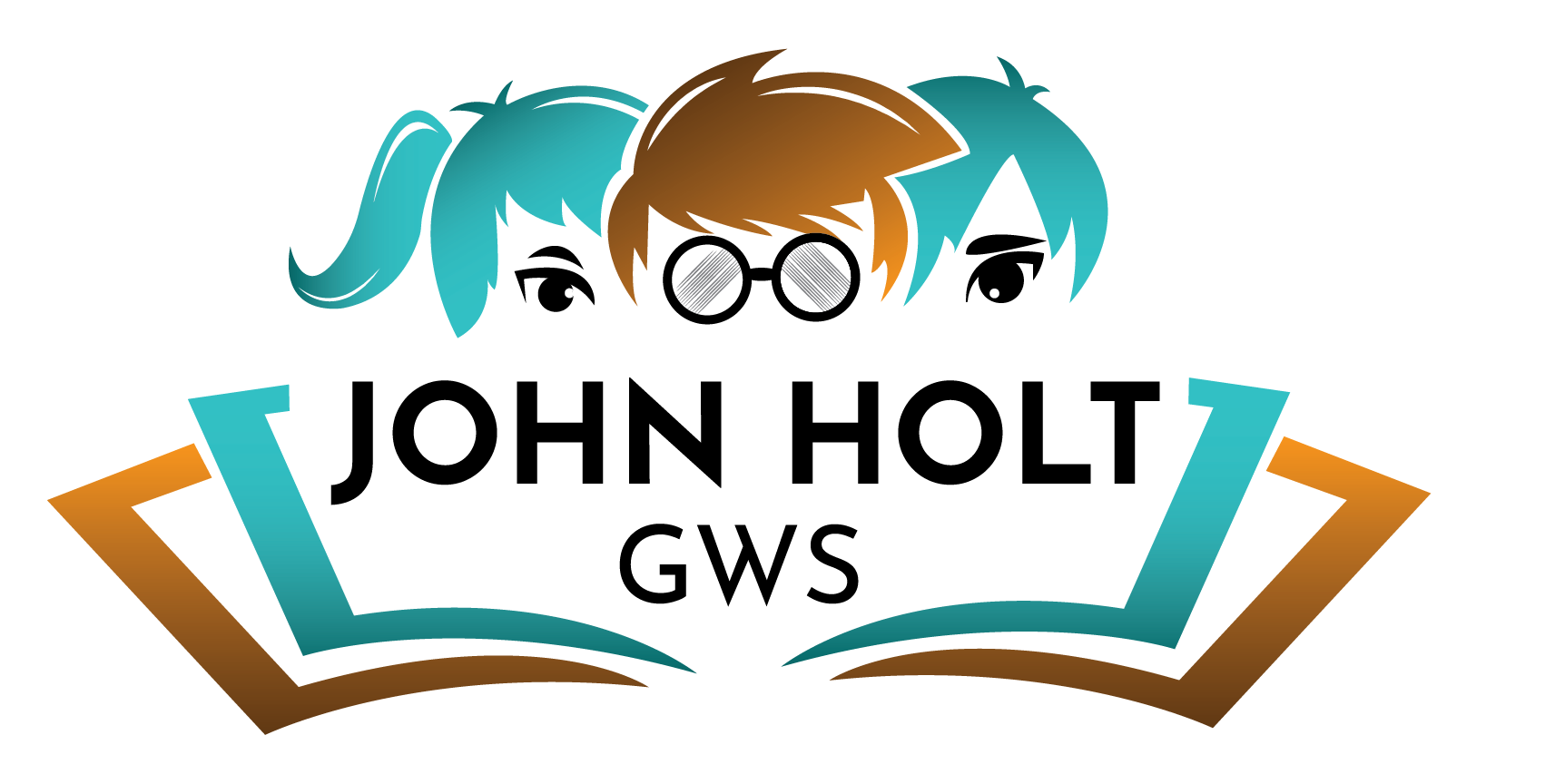Self-Directed Education and Late Bloomers
It seems that every discussion about education assumes the primary goal of lower educational institutions is to get people into higher educational institutions. But there are better ways of thinking of one’s learning besides as a means to get a checkbox ticked on an application—after all, learning never stops, it ebbs and flows in intensity over your life.
John Holt’s book Never Too Late describes why he took up the cello for the first time when he was forty, stopped playing it, then took it up again when he turned 50 and with a passion that lasted until his death. The book is a humorous and personal account of John’s life around music that supplies insights into teaching and about the need for exploration and discovery in our lives. Self-described as a not very musical child and a late bloomer as a writer, John also wrote Never Too Late “…to question the widely held idea that what happens to us in the first few years of our lives determines everything that will happen later, what we can be, what we can do.”
I remembered those passages from Never Too Late as I read this article about late-blooming geniuses, such as Dr. John Goodenough, a professor of physics.
We tend to assume that creativity wanes with age. But Dr. Goodenough’s story suggests that some people actually become more creative as they grow older. Unfortunately, those late-blooming geniuses have to contend with powerful biases against them… … On the contrary, there’s plenty of evidence to suggest that late blooming is no anomaly. A 2016 Information Technology and Innovation Foundation study found that inventors peak in their late 40s and tend to be highly productive in the last half of their careers. Similarly, professors at the Georgia Institute of Technology and Hitotsubashi University in Japan, who studied data about patent holders, found that, in the United States, the average inventor sends in his or her application to the patent office at age 47, and that the highest-value patents often come from the oldest inventors — those over the age of 55. John P. Walsh, one of the professors, joked that the Patent Office should give a “senior discount” because “there’s clear evidence that people with seniority are making important contributions to invention.” A study of Nobel physics laureates found that, since the 1980s, they have made their discoveries, on average, at age 50. The study also found that the peak of creativity for Nobel winners is getting higher every year. For many years, oddsmakers have predicted that Dr. Goodenough would win the Nobel Prize, but so far the call from Stockholm has not come. You might call him the Susan Lucci of chemistry. If he finally does prevail, he could be the oldest person ever to receive the Nobel, and a harbinger. The more I talked to Dr. Goodenough, the more I wondered if his brilliance was directly tied to his age. After all, he has been thinking about energy problems longer than just about anyone else on the planet. … …When I asked him about his late-life success, he said: “Some of us are turtles; we crawl and struggle along, and we haven’t maybe figured it out by the time we’re 30. But the turtles have to keep on walking.” This crawl through life can be advantageous, he pointed out, particularly if you meander around through different fields, picking up clues as you go along. Dr. Goodenough started in physics and hopped sideways into chemistry and materials science, while also keeping his eye on the social and political trends that could drive a green economy. “You have to draw on a fair amount of experience in order to be able to put ideas together,” he said.
I hope you read the entire article about Dr. Goodenough and his new battery technology, but if you don’t read it, here’s his perspective on the overall issue facing intellectual freedom.
Last but not least, he credited old age with bringing him a new kind of intellectual freedom. At 94, he said, “You no longer worry about keeping your job.”
